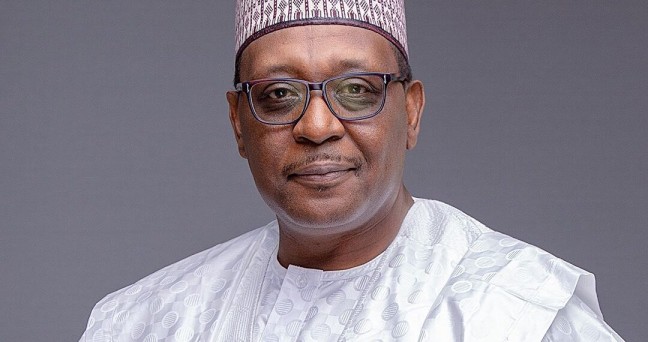By Abujah Racheal
The Federal Government has highlighted significant strides in ongoing health sector reforms with a focus on transparency.
This is particularly through the integration of healthcare funds into the Treasury Single Account (TSA) to ensure greater accountability.
The Minister of Health, Prof. Muhammad Ali Pate, disclosed this in an interview with News Agency of Nigeria (NAN) on Saturday in Abuja.
Pate spoke on the sidelines of the quarterly meeting of the Ministerial Oversight Committee (MOC) for the Basic Healthcare Provision Fund (BHCPF).
NAN reports that the BHCPF is a key component of Nigeria’s efforts toward achieving Universal Health Coverage (UHC).
It has played a pivotal role in expanding access to quality healthcare, especially for the country’s most vulnerable populations.
Established under the National Health Act of 2014, the Fund is supported by at least one per cent of the Consolidated Revenue Fund (CRF) and contributions from development partners.
Pate said that the BHCPF had undergone several reforms aimed at enhancing transparency, efficiency, and effectiveness.
“Since its inception, the fund has seen strategic revisions, including the 2018 Operations Manual and the 2020 Guideline,” he said.
He said that Following a retreat in July 2023, it became clear that the fund needed to be aligned with emerging health sector reforms, prompting the revision of the BHCPF Guideline to what is now called the 2.0 Guideline.
He said that the revised guideline incorporated lessons learned from past implementation phases and focused on improving transparency, equity, and collaboration across the health sector.
According to the minister, the disbursement of funds is done through four primary channels.
They are the National Health Insurance Authority (NHIA), National Primary Health Care Development Agency (NPHCDA), National Emergency Medical Treatment Committee (NEMTC), and Nigeria Centre for Disease Control (NCDC).
This is to ensuring that resources are allocated effectively to improve healthcare access, reduce maternal and child mortality, and strengthen health systems.
He further said that the reforms had started yielding tangible benefits, particularly for underserved populations in rural areas.
“We have seen an increase in the number of primary healthcare centres providing quality services and a reduction in maternal and child mortality rates in regions where BHCPF funding has been effectively utilised,” he said.
While lauding the progress made, the Minister acknowledged existing operational challenges, particularly delays in the disbursement of funds.
“We are actively working to address these bottlenecks, and the MOC has put in place a sub-committee to ensure smoother execution of reforms.
“The sub-committee, which includes representatives from key stakeholders like the State Social Health Insurance Agencies (SSHIA), will report back within two weeks,” he said.
Meanwhile, NAN recalls that at the eighth MOC meeting, the committee adopted several key documents.
The documents include the revised BHCPF 2.0 Guideline, an accountability framework, and the approval of N12.911 billion for disbursement to the NHIA, NPHCDA, NCDC, and NEMSAS for the fourth quarter of 2024.
The Minister also pointed out the importance of stakeholder collaboration in ensuring the success of the reforms.
“We are working closely with state governments, civil society organisations (CSOs), and international partners like the World Health Organization (WHO) to ensure that the revised guidelines align with our broader health sector reform agenda,” he said.
He introduced the Ministerial Dashboard, a new tool aimed at enhancing transparency and real-time monitoring of health programmes.
He said that the dashboard would track the implementation of health programmes and enable prompt address of issues as they arise.
Looking ahead, Pate said that the next MOC meeting scheduled for December would focus on further consultations with subnational stakeholders and disbursement planning for the first quarter of 2025.
He said that the BHCPF 2.0 guideline would be reviewed every five years to ensure continued relevance and alignment with Nigeria’s evolving health needs.
As Nigeria continues its push towards achieving Universal Health Coverage, he said the Federal Government’s commitment to transparency, efficiency, and accountability in the management of healthcare funds remained unwavering.
He said that the revised BHCPF 2.0 guideline and the implementation of the ministerial dashboard would significantly enhance the delivery of quality healthcare services, especially for the country’s most vulnerable populations
